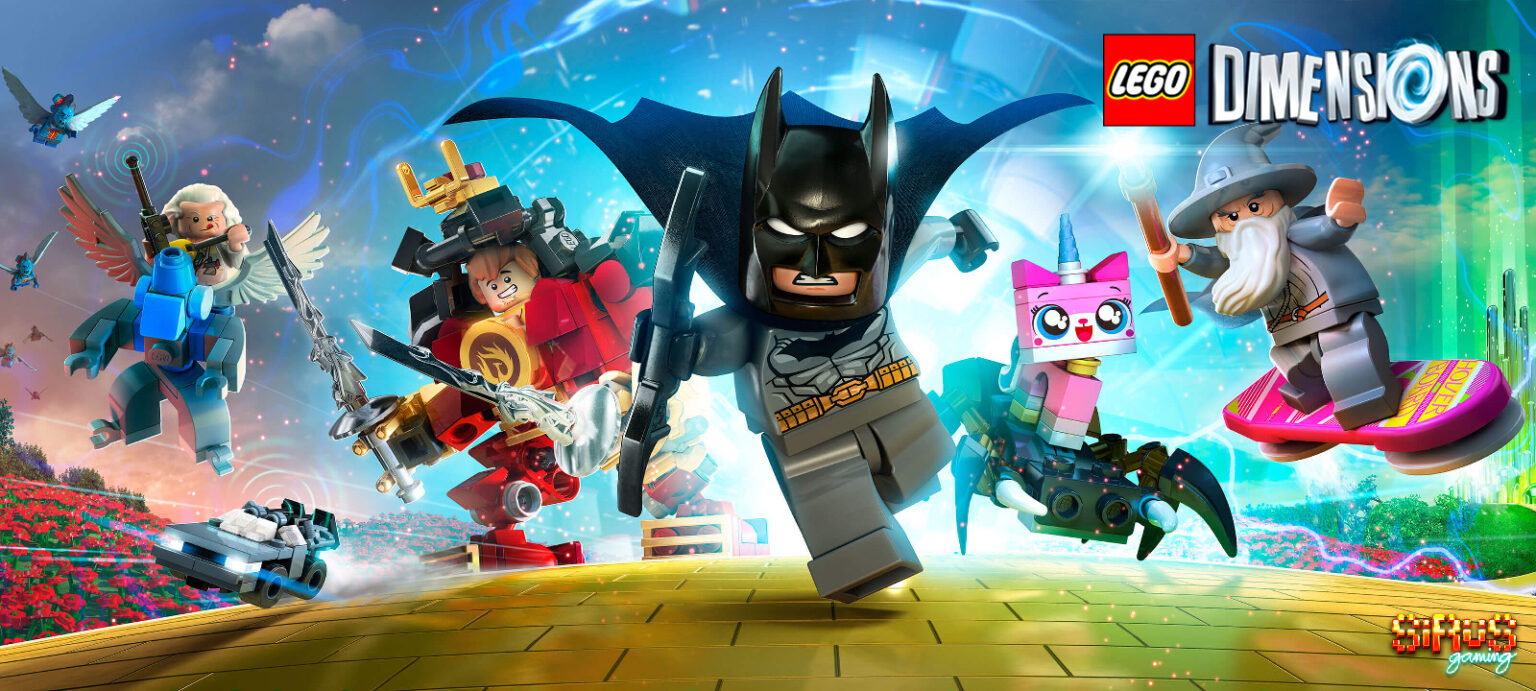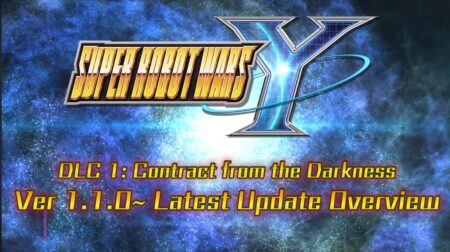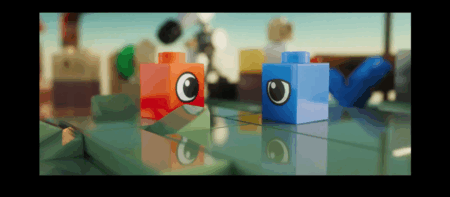Platform Reviewed: WiiU
Platforms Available: PS3, PS4, WiiU, Xbox 360, Xbox One
Publisher: Warner Bros. Interactive Entertainment
Developer: Traveller’s Tales
Release Date: September 27, 2015
MSRP: USD$89.99 (Php 4156)
Everything is awesome. Everything becomes more awesome if you can actually play with your toys on screen and in real life.
Lego Dimensions is another Lego adventure game developed by Traveller’s Tales that falls under the “toys-to-life” category in which players get to play with Lego on and off the screen. It follows the story of the uncanny team made up of The Lego Movie’s Wyldstyle, The Lord of the Rings’ Gandalf, and Batman as they stop an evil madman named Lord Vortech from tearing rifts in all of the Lego universes with the goal of merging all of them under his control. Lego Dimensions features series under the Lego brand such as Legends of Chima and Ninjago, and from other franchises with existing Lego games such as Jurassic World and DC Comics. Some popular TV series and movies also get the Lego treatment such as Doctor Who, Back to the Future, and Ghostbusters.

To play the game, players must acquire the starter pack according to the console that they have such as an Xbox 360, Xbox One, Playstation 3 or 4, or a Wii U. Each starter pack includes the disc for the game, a portal base compatible to its respective console, the bricks and pieces needed to create the portal and the Batmobile minibuild as well as the three main minifigs with their own NFC plates or “toy tags”. The story mode can be completed by using the only three minifigs and the minibuild in the pack but the game can be made easier by using the other minifigs with their skills from the team, level, and fun packs which can be purchased separately. The game can also be expanded with the level packs that usually include a minifigure and two minibuilds and the additional levels can be unlocked once the minifigs get scanned in. Only the starter packs are console specific; the smaller packs work on all portals.
Lego Dimensions’ gameplay is almost the same as with the other existing Lego adventure games. Players have to go through levels by solving puzzles and traversing obstacles. Golden bricks which are used for unlocking new in-game features, and are now used for upgrading minibuilds, are still acquired by completing sidequests or reaching the stud quota for each level. Hunting for the elusive Red Bricks that unlock bonuses is still a thing to aim for. Studs are still an essential part in the game, acting as its currency to upgrade the minibuilds. The only difference with Lego Dimensions is that the minifigures can only be unlocked by having the actual minifigures stand on the portal base, unlike in previous games wherein they can be permanently unlocked by purchasing them with studs. The game still provides an option to “rent” a minifig for a specific puzzle for a certain amount of time in exchange for some studs, after which they still stay locked once the time expires. Renting becomes easier after several re-runs and once you have the multiplier bonuses turned on. With that said, it isn’t necessary to own and have the other sets to complete the game but it does make completing the levels much faster without having to do the levels over and over again just to farm for those studs.

The story goes as you try to stop Lord Vortech from acquiring the Foundation Elements found throughout the different worlds and save your friends that he kidnapped. Players are faced with puzzles and enemies as well as bosses – villains from the different worlds that Lord Vortech enlisted to his side to stop you from stopping him. The story progression goes from one franchise level to another. The main franchises included in the main storyline are the Wizard of Oz, Portal, Back to the Future, The Simpsons, Doctor Who, Lord of the Rings, Scooby Doo, Midway Arcade, Portal, and Ghostbusters. Although some of their elements appear in the main game as summons and puzzles, franchises such as Chima and Jurassic World don’t have their own world levels included. All franchises, however, have their own worlds that can be unlocked once a respective minifig from that world has been scanned, allowing the players to have an expanded playthrough of the game.
A total of seven toy tags can be placed on the base at any point of the game and there’s no limit as what minifigs-to-minibuilds ratio can be used simultaneously as long as there is one minifig present. Although only the three main minifigs appear on the cutscenes, they can be switched out during play with the other minifigs but most of the puzzles can only be solved with their specific skills such as Batman’s batarang and Wyldstyle’s master building skill so you may want to still have them nearby. There are five “key stones” that give the players powers such as growing and shrinking in size, elemental powers, and also access to portals to reach other points in the map. A minifig can gain these powers depending on what key stone was activated and at which portion of the portal it’s currently at. Certain puzzles require the minifig to jump from one part of the portal base to another while some puzzles can only be solved when two or more minifigs are on one part at the same time; such as in the case of the chroma key stone where the cahracters are bathed in three primary colors and secondary color is needed for the puzzle to be solved.

The visuals of the game are still reminiscent of the previous games but now clearer and more detailed. One very notable thing that the devs and artists made is that they included tiny bits of details with regards to how the visuals would go. An example of this is while playing in the world of Scooby Doo, the art style changes to a cel-shaded look to match how it looked like in the animated series. Also another good example, which will be elaborated more on a future review for its level pack, is the fact that when the Doctor from the Doctor Who franchise dies, he regenerates and cycles through his former reincarnations starting from the very first black-and-white Doctor from the 1963 series all the way through the Eleventh Doctor and back again to the Twelfth Doctor. Not only that, the interior of the TARDIS, the Doctor’s time travelling spaceship, also changes according to the current reincarnation present.
Lego Dimensions really did well when it comes to the sound factor of the game. Not only did it have the tracks for its respective worlds and franchises like the Ghostbusters theme and the Doctor Who theme (which also changes according to the reincarnation, by the way), but it also had the voice actors reprising their roles for the game such as Ellen McClain as GLaDOS and Christopher Lloyd as Doctor Emmett Brown. Also, fans of Batman would be happy to know that the devs were very detailed enough to get Troy Baker and Will Arnett to voice him and his Lego Movie version, respectively. Speaking of being detailed, some characters even have specific interactions and lines while being with another character or while using specific vehicles. Examples are when Emmet from the Lego Movie and Owen from Jurassic World are both in play because both characters are played by Chris Pratt and when the Doctor rides the DeLorean from Back to the Future by somehow showing preference on his time machine over this one.

Gameplay-wise, it is the same-old Lego adventure game structure spiced up with the toys-to-life technology. Although the mechanic of swapping the play pieces may be a bother for some, it sure did bring much more interaction between the player and the game itself. It just feels like moving chess pieces on a small board. To some, it may feel like it’s a pay-to-win game and a very expensive one at that, but again the game can be completed with the starter figs alone; it just takes longer to do so. The play pieces themselves function as toys so that adds more playability and fun outside the game and even the portal can be modified to your taste. One set-back that deters other people especially beginners to the brand and game is the price of the game and its expansion sets. The starter pack ranges around P6,500 to P7,500 and the expansion packs goes in between P1,300 to P2,400, which I guess would take into account the franchise fee and the brick count for some. But then again, Lego has been known as a toy brand the really focuses on the quality of their toys; hardcore Lego fans might not even wince when they see the price.
Overall, I’m placing Lego Dimensions on my great games list. I’ve adored Lego ever since despite being just fairly new to the collecting part of it and I’m also fond of the humor that Traveller’s Tales placed into their Lego games even way back when the characters didn’t have full voice acting. So if you liked the previous Lego games, you would also like Lego Dimensions. Yeah, there’s the fairly high price tag on its packs but even after you finish the whole game, you still have the minifigs and bricks you can play with. And the minibuilds are so cute and so fun to build and you’re never really limited with what the instructions manual gives you. Also, new packs are still being released in waves and there are rumors that additional franchises might soon be included in the roster. I highly recommend it to young fans and AFOLs as well. Paraphrasing The Man Upstairs, the age range on the boxes is just a suggestion anyway.
Lego Dimensions is a great game for Lego enthusiasts and beginners alike. The price tag may be quite high but the game itself provides hours of gameplay and even the play pieces offer much more entertainment outside the game.
Lego Dimensions is available for Xbox 360, Xbox One, Playstation 3, Playstation 4, and on Wii U.
This review is based on a Wii U copy purchased by the reviewer.
Visit the game’s website here.
What were your favorite levels in the game and why? Tell us in the comments section and we may even work on a review for that set!






